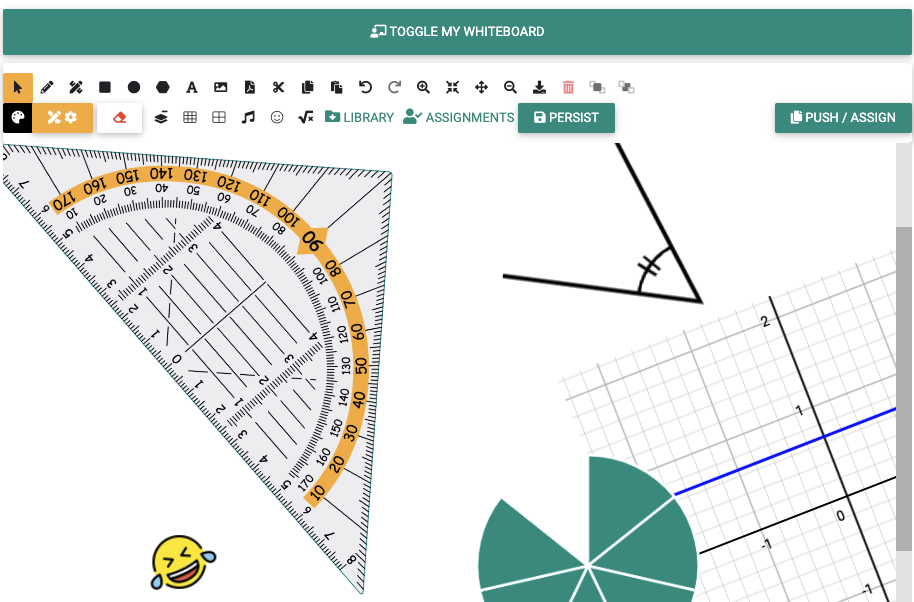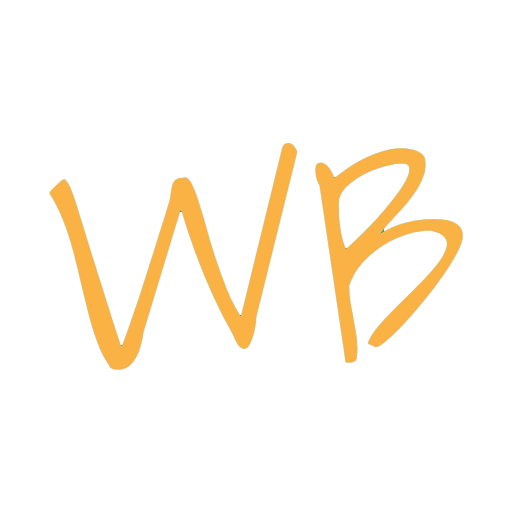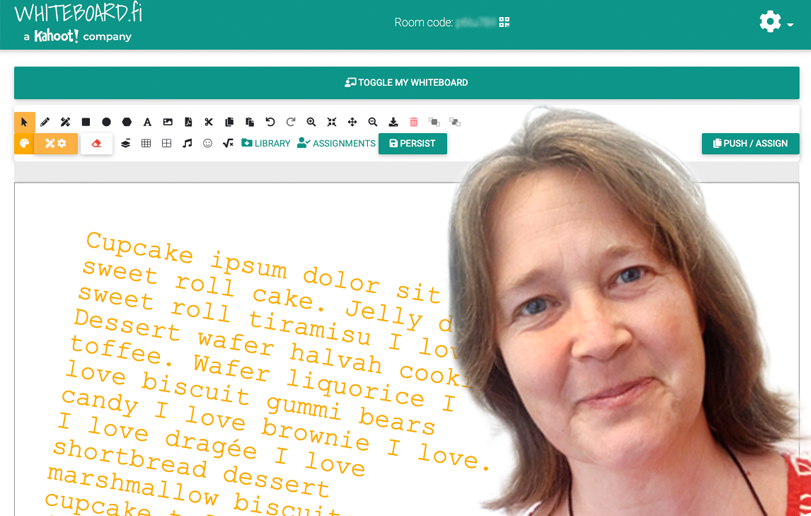Why Karen chose Whiteboard.fi
A devoted user of a traditional whiteboard, Karen, settled on Whiteboard.fi to help her students cope with COVID
Karen is a mathematics teacher at the Cherwell School in Oxford, England. She teaches years 9-13 in the UK (ages 14 to 18 years old). After trying multiple solutions in the summer of 2020, Karen found that Whiteboard.fi provides the smoothest and most reliable writing surface. She’s especially fond of the variable writing width and eraser options, which she finds surpasses most other platforms.
We asked Karen a few questions on her experience with Whiteboard.fi. See what Karen had to say!
What is the biggest challenge you face in your role?
“I have used Whiteboard.fi over the last few months to help manage teaching classes of 30 students whilst being based as the teacher, at home. I wanted to use a platform that made the lessons feel as similar as possible to in-school learning from the students’ point of view and as reassuring as possible from my point of view to mitigating all the other technological uncertainties that teachers were managing lesson-by-lesson.”
How did you originally discover Whiteboard.fi?
“During the first few months of this academic year, I tried, along with other colleagues, many different platforms and this is the one that I chose and I am delighted to have made that choice. No regrets!”
What are your main scenarios and objectives for using Whiteboard.fi?
“Before a lesson, I can prepare the skeleton of what the hour-long lesson will look like. For students with special needs, the slides can then be easily pdf-ed and sent in advance. This makes the lesson feel very familiar when I annotate them during the discussion of the lesson. Used in conjunction with a platform for sharing the skeleton and annotated whiteboards before and after a lesson, for all students, makes reviewing ideas afterward, including for students who missed a lesson, really easy.”
“Having been working in-school for many months, where at 5 minutes notice the lesson may need to be live-streamed for students who had been set home, I wanted to have a set-up which I would be using in the classroom day to day as normal and then the addition of joining the lesson remotely would pose no additional burden for the students or for me. Using Whiteboard.fi is now my normal way of working, having written on a whiteboard in the classroom for 25 years.”

What is the best thing about using Whiteboard.fi in a classroom setting?
“When I write on Whiteboard.fi my handwriting looks like it does on a real whiteboard. I am never without a board pen (as long as I have my graphics tablet!). Students appreciate being able to ‘go back a page’ – once a static whiteboard is wiped, there’s no going back.”
From a traditional “green board” to a digital Whiteboard
Among the benefits that Karen has seen through Whiteboard.fi, she lists the ability to store Whiteboards for different classes in the library folders among one of her favourites. For 20 years, Karen had been relying on the old green chalkboard that would be wiped clean after the day’s work. Currently, Karen enjoys the ability to store the content of a whiteboard for as long as is needed.
Her students also reported that remote teaching with Whiteboard.fi felt most like normal class.
Real-time interaction enables a more genuine experience
Karen says that using the ‘push’ function to engage students during remote learning was fantastic. Whilst students didn’t have a graphics tablet to write with like Karen, their mouse could draw lines to link items together just as smoothly. The speed at which this was happening meant that they didn’t have time to communicate out of Karen’s sight about the ‘right’ answer and so she felt that she got a more genuine snapshot of the individual abilities of her students. She used the saved evidence from the sessions to help in judging levels of progress.
Karen’s recommendations to teachers starting out with Whiteboard.fi
- Label the names of your whiteboards using a future-proof and clearly thought-through system that enables you to find them easily.
- Don’t try to write too much on each screen.
- Leave occasional blank pages to cope with unplanned asides.



